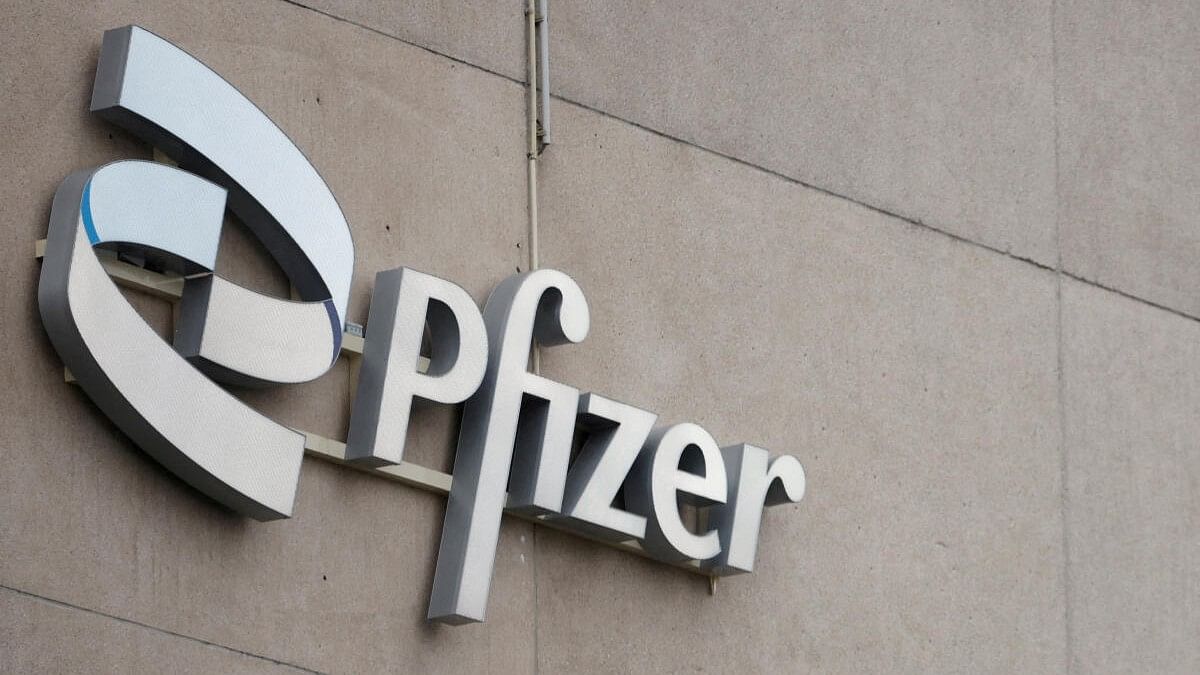
Eliquis from Bristol Myers Squibb and Pfizer is one of the10 drugs in question.
Credit: Reuters Photo
The US government on Tuesday released a list of 10 prescription medicines that will be subject to the first-ever price negotiations by the Medicare health program that covers Americans aged 65 and over.
These include Merck Co's diabetes drug Januvia, big-selling blood thinner Eliquis from Bristol Myers Squibb and Pfizer, and AbbVie's leukemia treatment Imbruvica.
Here is what you need to know about the negotiation process and possible role in lowering drug costs.
What are the Medicare drug price negotiations?
Under President Joe Biden’s Inflation Reduction Act, which was passed into law last year, the government will negotiate with drugmakers the prices of a select number of medicines on which it spends the most annually for the Medicare health program that covers 66 million Americans.
The Medicare agency, known as the Centers for Medicare Medicaid Services (CMS), was previously forbidden by law from bartering prices with manufacturers. Given that power now, it aims to save $25 billion per year on drug costs by 2031.
After spending the past year getting input from drugmakers and members of the public and putting together rules for the program, the negotiations kick off with Tuesday’s announcement.
Prices settled on for these first 10 drugs will not go into effect until 2026, and several drugmakers and business groups have filed lawsuits seeking to derail the entire process.
What happens next?
Drugmakers have until Oct. 1 to agree to the negotiations. If they refuse, they face heavy fines. By Oct. 2, they must hand over extensive data the government requires to come up with its proposed lower prices.
Medicare plans to send its first offers to manufacturers by Feb. 1. They will have 30 days to make counteroffers. The negotiations must end by Aug. 1, and Medicare will publish its list of new prices on Sept. 1. The law requires that negotiated prices be at least 25 per cent lower than the original list prices.
The process will begin again in February of 2025, when CMS selects another 15 costly prescription drugs for negotiations, with new prices on those going into effect in 2027. It will add yet another 15 prescription or doctor-administered medicines - those not dispensed by pharmacies - the following year.
After that, Medicare will barter for prices on 20 prescription or doctor-administered medicines each year.
When will patients see savings?
Consumers in the Medicare program could see savings in 2026, depending on how their prescription drug plans are set up, and assuming the pharmaceutical industry and its supporting organizations do not manage to derail the program before then.
The U.S. Chamber of Commerce - the nation's largest business lobby group - hopes to get a court-ordered injunction against the program by Oct 1. All the lawsuits seeking to avoid drug price negotiations argue that the new law is unconstitutional.
The government insists it is on solid ground legally and that nothing in the Constitution says Medicare can't negotiate the prices it pays.
The US presidential election next year could add further uncertainty with the potential for Republicans taking control of Congress and the White House, which would bring in leadership that may not be supportive of the law passed by Democrats.